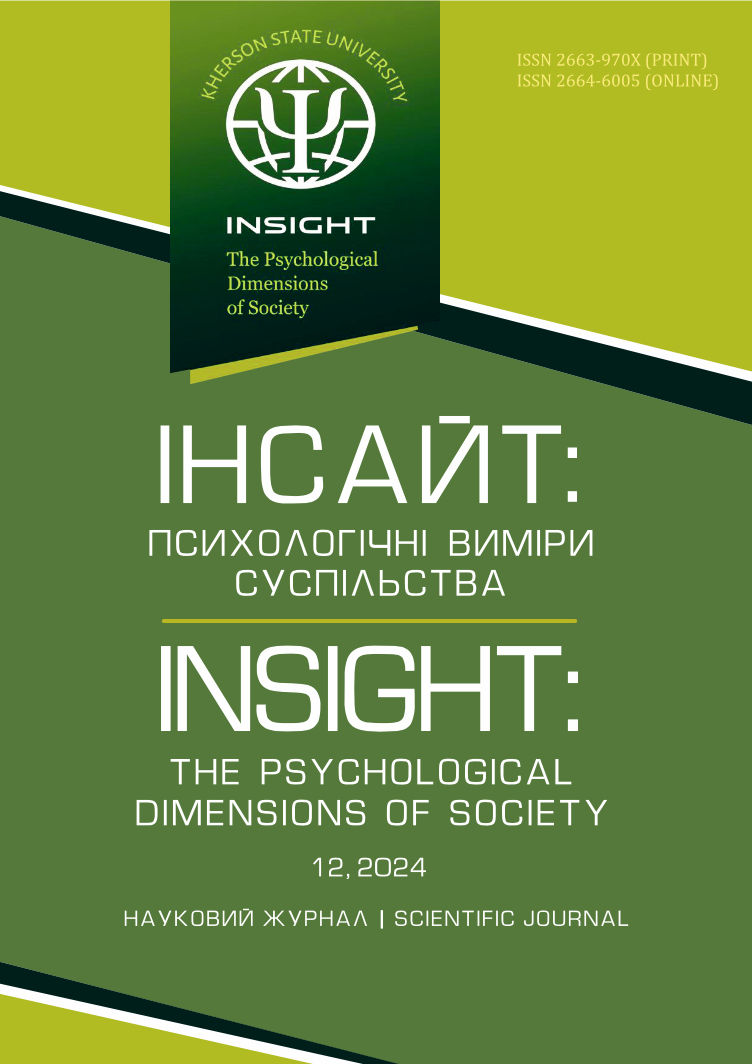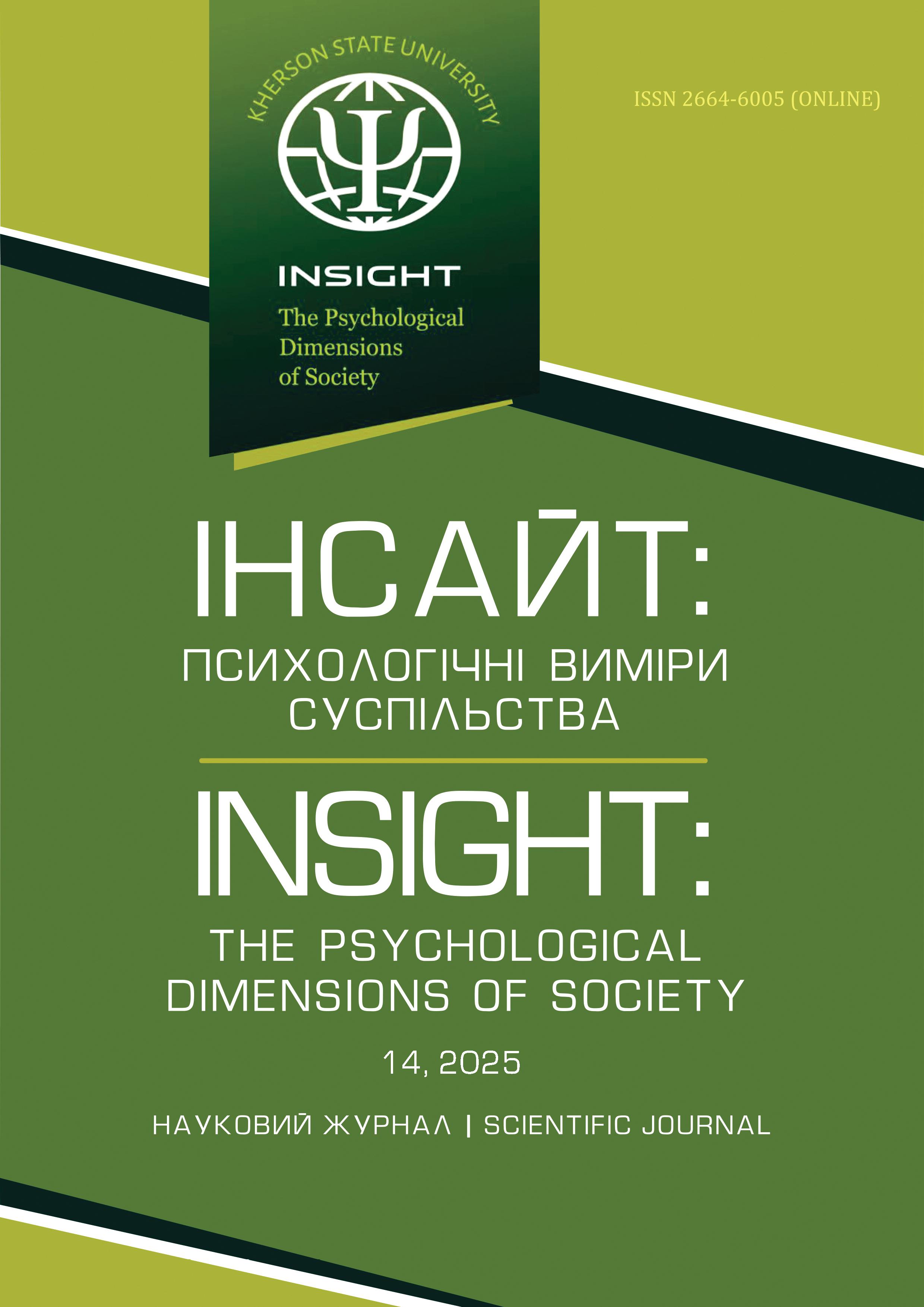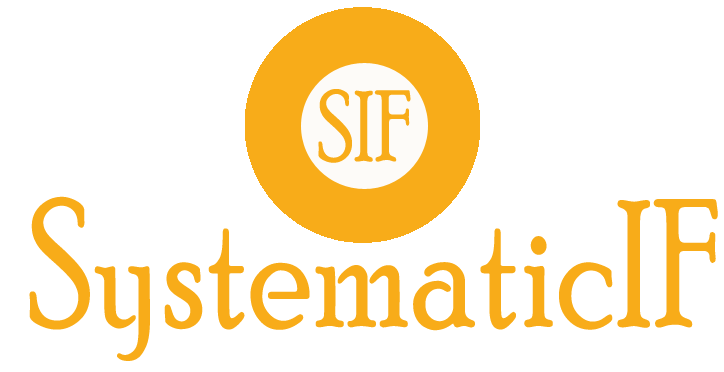Research on the Influence of Social Networks on the Manifestation of Aggression in Adolescents
Abstract
Teenagers are the most active, and, therewith, the most vulnerable segment of Internet users. The purpose of this study was to examine the relationship between indicators of social network addiction and aggression in adolescents aged 11–14. Methods. The study’s methods were as follows: a survey was distributed to participants to collect information; testing was done using standardized instruments such as “The Buss-Perry Aggression Questionnaire”, the Kimberly Young Internet Addiction Test, and the Problematic Internet Use Scale; and the data was analyzed using rigorous statistical analysis. This included the Student’s t-test, correlation analysis with Pearson coefficient calculations, and the use of the Statista 8.0 analysis platform. Results. A high level of general aggression was identified in the sample examined (22.0% demonstrated a high level). No statistically significant difference was identified in the level of aggression between boys and girls. A significant positive correlation was identified between aggression indicators and the level of Internet addiction. An analysis of the correlation between the level of aggression using social media demonstrated no significant association between these traits in the general population. A positive relationship was identified between aggression and social media use in respondents with high levels of addiction. The connection between Internet addiction and social media addiction manifested itself differently between the sexes: boys demonstrated a more pronounced attachment to the Internet in general, while girls were more dependent on social media communication. Discussion and conclusions. The results demonstrate that there is a correlation between social network addiction and aggression, but it is not linear. Additional factors that contribute to higher levels of aggression in children and young people should be explored. The findings contribute to an understanding of the relationship between social network use and levels of aggression, which is part of the broader problem of the transformation of social relations under the influence of information technology. In practical terms, the data can be used in planning the work of social educators and parents to correct the behaviour and social adaptation of adolescents.
Downloads
References
Aparicio-Martínez P., Ruiz-Rubio M., Perea-Moreno A. J., Martínez-Jiménez M. P., Pagliari C., Redel-Macías M. D., Vaquero-Abellán M. Gender differences in the addiction to social networks in the Southern Spanish university students. Telematics and Informatics. 2019. Vol. 46. P. 101304. https://doi.org/10.1016/j.tele.2019.101304
Brito-Montes J., Canto-Lugo E., Huerta-Quintanilla R. Modularity, balance, and frustration in student social networks: The role of negative relationships in communities. PLoS One. 2022. Vol. 17. e0278647. https://doi.org/10.1371/journal.pone.0278647
Cuadrado E., Tabernero C., Castillo-Mayén R., Luque B., Moreno-Bella E. Motives for using social networks and social network addiction in a time of pandemic. Cyberpsychology: Journal of Psychosocial Research on Cyberspace. 2022. Vol. 16(5). P. 3. https://doi.org/10.5817/CP2022-5-3
Demirtaş Madran H. A., Ferligül Çakilci E. The relationship between aggression and online video game addiction: A study on massively multiplayer online video game players. Anadolu Psikiyatri Dergisi. 2014. Vol. 15. P. 99–107. http://dx.doi.org/10.5455/apd.39828
Finkelhor D., Walsh K., Jones L., Mitchell K., Collier A. Youth internet safety education: Aligning programs with the evidence base. Trauma, Violence, & Abuse. 2020. Vol. 22(5). P. 1233–1247. https://doi.org/10.1177/1524838020916257
García-Fernández C. M., Moreno-Moya M., Ortega-Ruiz R., Romera E. M. Adolescent involvement in cybergossip: Influence on social adjustment, bullying and cyberbullying. The Spanish Journal of Psychology. 2022. Vol. 25. e6. https://doi.org/10.1017/SJP.2022.3
Hishan S. S., Jaiprakash H., Ramakrishnan S., Mohanraj J., Shanker J., Keong L. B. Prevalence and socio-demographic association of depression, anxiety and stress among university students. International Journal of Engineering and Technology (UAE). 2018. Vol. 7(2.29). P. 688–691. https://doi.org/10.14419/ijet.v7i2.29.13998
House of Commons. Impact of social media and screen-use on young people’s health. Science and Technology Committee, House of Commons, 2019. https://publications.parliament.uk/pa/cm201719/cmselect/cmsctech/822/822.pdf
Hynes P. Social networks and belonging. In The dispersal and social exclusion of asylum seekers (pp. 155–182). Bristol University Press, 2022. https://doi.org/10.2307/j.ctt9qgrp9.14
Kennedy K. Positive and negative effects of social media on adolescent well-being [Master’s thesis, Minnesota State University]. Cornestone. 2019. https://cornerstone.lib.mnsu.edu/cgi/viewcontent.cgi?article=1923&context=etds
Liu C. Y., Kuo F. Y. A study of Internet addiction through the lens of the interpersonal theory. CyberPsychology & Behavior. 2007. Vol. 10(6). P. 799–804. https://doi.org/10.1089/cpb.2007.9951
Mensah S. O., Nizam I. The impact of social media on students’ academic performance – A case of Malaysia Tertiary Institution. International Journal of Education, Learning and Training. 2016. Vol. 1(1). P. 14–21.
O’Keeffe G. S., Clarke-Pearson K., Council on Communications and Media. The impact of social media on children, adolescents, and families. Pediatrics. 2020. Vol. 127(4). P. 800–804. https://doi.org/10.1542/peds.2011-0054
Perišin D., Siniša O. Connection between exposure to Internet content and violent behavior among students [Conference presentation]. “Research and Education Challenges toward the Future--ICRAE 2013” International Conference, Shkodër, Albania. 2013, May 24–25. https://files.eric.ed.gov/fulltext/ED565463.pdf
Plaff D. W. Neuroscience in the 21st century: From basic to clinical (3rd ed.). Springer, 2022. https://doi.org/10.1007/978-3-030-88832-9
Primi C., Fioravanti G., Casale S., Donati M. A. Measuring problematic Facebook use among adolescents and young adults with the Bergen Facebook Addiction Scale: A psychometric analysis by applying item response theory. International Journal of Environmental Research and Public Health. 2021. Vol. 18(6). P. 2979. https://doi.org/10.3390/ijerph18062979
Puma-Chavez N., Quispe-Escobar J., Hurtado-Mazeyra A., Cejudo C. L. Use of social networks in university studies: A Peruvian case study. Education Sciences. 2022. Vol. 12(12). P. 893. https://doi.org/10.3390/educsci12120893
Romera E. M., Camacho A., Ortega-Ruiz R., Falla D. Cybergossip, cyberaggression, problematic internet use and family communication. Comunicar. 2021. Vol. 29(67). P. 61–71. https://doi.org/10.3916/C67-2021-05
Salarvand S., Bagheri Z., Keshvari M., Dalvand P., Gheshlagh R. G., Keshvari M. The prevalence of internet addiction and its relations to the self esteem and life satisfaction in students of a medical university. Acta Medica Iranica. 2018. Vol. 56(6). P. 392–397.
Schick A., Cierpka M. Risk factors and prevention of aggressive behavior in children and adolescents. Journal for Educational Research Online. 2016. Vol. 8(1). P. 90–109. https://doi.org/10.25656/01:12034
Sedykh K., Myshko N. Psychological consequences of bullying. Psychology and Personality. 2022. Vol. 22(2). P. 186–198. https://doi.org/10.33989/2226-4078.2022.2.265497
Spytska L. Social-psychological peculiarities of youth with delinquent behavior. Youth Voice Journal. 2023. 2. P. 9–17.
Umoru T., Olabode A. Social psychological concept of aggression. In A. Ogidiolu D. Ajibade V. Kakwagh (Eds.), Social Sciences; Conceptual, Theoretical and Methodological Analysis. Kogi State University, 2022. P. 127–148.
Zhao J., Gao F., Xu Y., Sun Y., Han L. The relationship between shyness and aggression: The multiple mediation of peer victimization and security and the moderation of parent-child attachment. Personality and Individual Differences. 2020. Vol. 156. P. 109733. https://doi.org/10.1016/j.paid.2019.109733
Authors who publish with scientific journal agree to the following terms:
• All scientific papers may be freely copied and distributed on any medium and in any format, provided that the references to the initial data of the scientific work are indicated.
• Authors retain copyright and grant the journal right of first publication with the work simultaneously licensed Creative Commons Attribution License .
• Authors are able to enter into separate, additional contractual arrangements for the non- exclusive distribution of the journal’s published version of the work (institutional repository, your website, monograph), with an acknowledgement of its initial publication in this journal.





































